Switch Board wiring connection:
This diagram shows how to make a switchboard wiring connection. In this circuit, we use a 5-pin socket, 2 light holders, a ceiling fan, 4 2-way switches, a fan regulator, and an indicator light. First, we need to input the phase line to all switches, fan regulators and indicator lights holders, and power sockets.
Advertisements
Components needed For this Project:
You can get the components from any of the sites below:
- 2 Pin Socket [See Buy Click Amazon]
- SPST Switch [See Buy Click Amazon]
- Fan Regulator [See Buy Click Amazon]
- Board Indicator [See Buy Click Amazon]
- Light Holder [See Buy Click Amazon]
- Ceiling Fan 56-Inch [See Buy Click Amazon]
*Please note: These are affiliate links. I may make a commission if you buy the components through these links. I would appreciate your support in this way!
Advertisements
Components used to make the Switch Board wiring connection:
A Power Socket is a Device to Which Electrical Devices Can Be Connected to Receive the Electric Current Required For Their Operation. Connected by a System of Cables to a Power Source, Usually, an Electricity Generation Facility operated by an energy Production company, generally has no moving parts. Instead, it contains metal strips that make contact with the prongs of an Electric plug inserted into the socket. It is Through these Contacts That the Electric current is Transmitted. Electrical Devices that connect to a Power Source Through a Power Socket are Considered to be Portable Because they can easily be Connected and Disconnected From the Power Source.
02. Switch:
An SPST (Single Pole Single Throw) Switch is a Switch That only Has a Single Input and can Connect Only to one Output. This means it Only Has one Input Terminal and Only 1 Output Terminal. A Switch is a Mechanical or Controlling Device That Changes the Flow of Current Direction or Interrupts the Flow of Current Within a Circuit diagram. An electrical line using Single Pole Single Throws (SPST) is Perfect for on-off switching. When the SPST is closed, the Circuit is Closed and the light from the lamp switches on the system. When The Single Pole Single Throw (SPST) is then opened, the light from the lamp goes out and the Circuit is off.
A Fan Speed Controller Controls The Voltage Across the Fan and Therefore Indirectly Controls its speed 220v AC line. A ceiling Fan Speed Regulator Actually Measures and Regulates the Speed of the Fan Using its Tachometer. Fan Speed is Controlled with Thyristor or Transformer Speed Controllers for Ceiling fans, and table fans. the fan is Controlled by a Capacitor, and the Voltage across the fan Determines the fan speed. A Speed Control loop Can be Implemented That is Independent of Manufacturing Variances and Wear on The Fan control system.
04. Indicator:
An indicator lamp just Sounds Technical, Sometimes it is called a Supervisory light Indicator. Indicator lights are amber in color and can be located at the Front, the Rear, and Sometimes at the Side of the car on both the left And Right-hand sides. The Common colors used by Indicator lamps are red, yellow, blue, white, and green line system. A Panel Indicator Lamp Generally has up to 5 Differently Colored Segments to Indicate Various Conditions on the Machine or Process system.
A lightbulb Holder, light socket, lamp socket, or lamp holder is a device that Mechanically Supports and Provides Electrical Connections for a Compatible Electric Lamp base. Sockets allow Lamps to be safely and conveniently replaced holders come in Various Shapes and colors. Where the Lamp Holder has a Threaded Component Which is Used To Mount it On a Support. Common in the table/stem of the lamp, and also used in Conduit Applications/Standard lights where the lamp holder is fixed to the base.
06. Ceiling Fan:
A Ceiling Fan is a fan Mounted on the Ceiling of a Room or space, Usually, Electrically Powered, That Uses hub-mounted Rotating Blades to Circulate air flow. They cool people effectively by increasing speed. It Doesn not Cool the Air Temperature — we Feel Cooler Because the Fan Moves the Air Around Us, a Process Called Evaporative Cooling. Evaporative Cooling Works like this: A cold day will feel Even Cooler if There is a Breeze Because of the wind Chill Factor.
Thank You for visiting the website. Keep visiting for more Updates.
Frequently asked questions
The brown (live feed) wire goes into the COM terminal and the power supply blue (switch wire) wire goes into the L1 terminal. The blue (switch wire) wire will normally have a brown sleeve or tape indicating that it is also a live circuit diagram and not a neutral circuit as the color would normally suggest.
The switch is used to off or on an electric appliance or devices in an electric circuit. Switches are always connected to the live wire because the Circuit Diagram live wire carries a voltage of 220 V and the passage of this voltage can be disabled by switching off the circuit diagram.
There are 4 main types of switches— single pole throw, single pole and double throw, double pole single throw, or double pole double throw.
Basic Switches come in 4 sizes: General-purpose, Miniature, Subminiature, and Ultra Subminiature, and depending on the device and scale of the equipment they are to be used in.
The power supply switch should always be connected to the live wire so that when it is off, no current flows through the appliance. If it is connected to the neutral wire, the circuit always remains on even when it is off.
Read more Single Phase Wiring
What is a kilowatt-hour (kWh) | kwh formula | What does kwh mean
Introduction to Electrical Units and CircuitskW and kWh on your electricity bill As your home uses electricity during...
What is the Difference Between kVA | What does KVA mean | kVA formula
Difference Between KVA ExplainedWhat does KVA Mean? There are technical terms aplenty when it comes to generators, and...
Power Factor | Power Unit | Energy | Electricity Unit
Power factor definition | Calculating Power FactorPower Factor Values In a purely resistive circuit, the power factor...
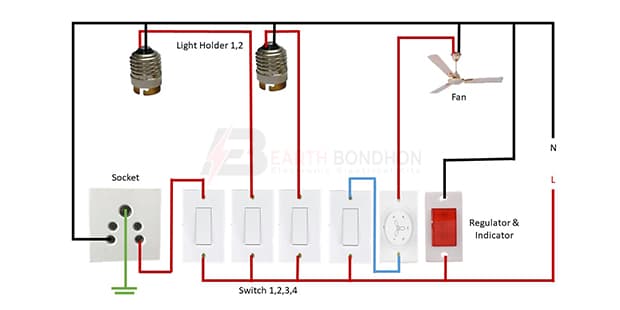
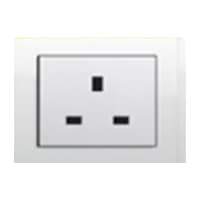
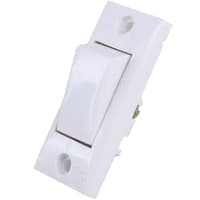
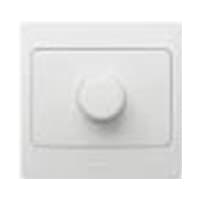
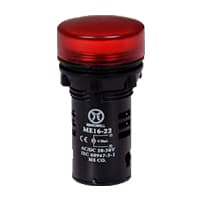
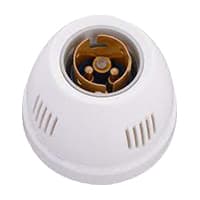

0 Comments